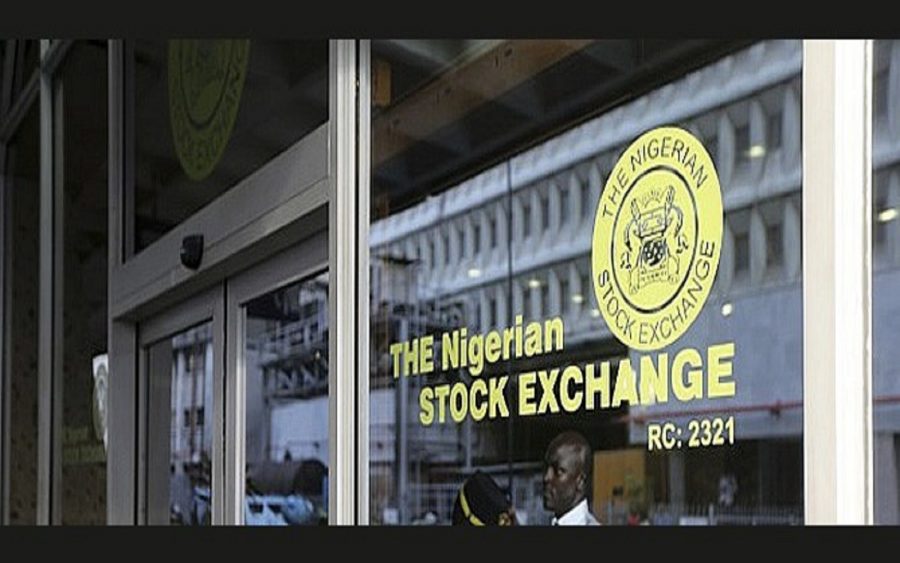Last week, we discussed the intrinsic value of a share compared to its market price. Now, remember, it’s a “share” of a company, which is why our analysis today is focusing on how to analyse the company itself in order to reach a fact-based conclusion before investing in it.
Before we proceed, it is important to note that every company is set up to grow. This is because the business of a company is growth. Whenever a company fails to grow, it dies.
So, how do you analyse a company in order to reach a fact-based conclusion prior to investing in it? Below are some of the best ways to do that.
Valuing the company: Every quoted company is required to make periodic disclosures on its financial performance. The Income Statement (Profit and Loss Statement) of a company tracks how much profit (or loss) a company is making. The aim is to show revenues and expenses, thereby giving you clear insight on whether the company is deserving of your investment.
The Balance Sheet: The Balance Sheet is a snapshot of the company’s financial condition. Its focus is usually a year. It shows what the company owns, listed as assets and liabilities, and how much the shareholders have invested in the business, listed as Shareholders’ Equity.
[Read Also: CAP Plc will use its entire profit after tax to pay dividends]
In summary: Assets= Liabilities + Shareholders Equity
Cash Flow: The Cash flow statement shows how the company gets cash, and how that cash is deployed, over a period of time; usually a year. The objective of the Cash Flow statement is to show the net cash position of the company.
So, how do we value a company? I have a quick checklist.
Market Share: What market is the company in? is that market growing? what share of that market does the company’s brand or company have? Are the brands market leaders? Reading the Chairman’s and Management’s comments in the published Annual Accounts will give you an indication of new plans, competitive environment, threats to the company etc. Note, however, that these are often subjective. This is because they give you a direction, which must trend towards growth.
The market share must translate to sales: Read the Annual Reports, there is a page near the end that has a five-year summary of accounts. Sales should be increasing in percentage terms all these years, if not find out why.
[Read Also: Bread or Pizza: Domino’s is slipping and competitors are taking note]
Sales should lead to Operational Profit (gross profit), i.e. the proceeds from sales should be able to pay for the operational expense of the company such as rent, PHCN, Commissions etc. You can also get this information from the annual report of the company.
If the company is borrowing to pay salaries, then that’s a red flag. It’s important for the company to make a profit from sales.
Operational Profit and Net Profit: Ultimately, Operational Profit should lead to Net profit. The company should also generate enough profits to pay all costs which are not sales related eg government taxes, auditors remuneration, long term investment projects etc.
Also, it is important to look at the 5-year summary. The company should be profitable, unless it’s a new company with high initial costs, in which case you are looking to see if losses were reduced each year.
This then translates into cash generated. A company can manipulate profits but can’t manipulate cash earned. You can get the cash earned from the cash flow statement which, in my view, is the most important measure of financial strength. A good company must produce cash to pay salaries, dividends, fuel cars etc. When you look at the Cashflow statement, you want to view surplus cash generated from operation (i.e. total cash flow less Operational cash and Investing cash flow.)
Dividends: Cash generated should then be paid as dividends. So, you are looking at dividends yields which is the divided paid divided by the price of the stock. However, some companies may not pay dividends, but reinvest the cash earned to grow the company. There’s nothing wrong with that, but then the share price must rise to compensate you for not getting cash.
The result of your valuation/analysis: If you get a positive in all these, then the company seems good. if the trend of market share to sales to operational profit to net profit-cash to dividends is broken, find out why, that’s the analysis part. But also look at Return on Assets and Return on Equity which are all in the annual report.
[Read Also: Honeywell Flour Mills Plc records 98% profit decline in FY 2019]
Remember that a Low Price Earnings ratio is good, a High Earnings per share is also good, and all these are available in the annual report.
Finally, remember Management Quality is extremely important. The Company is managed by people. Therefore, the quality and experience of the management team should be part of the things you consider before investing in a company.























I have been thinking of investing in shares for a while now is just that i do not know how to go about it. Please can you contact me via my e-mail address, Thanks.